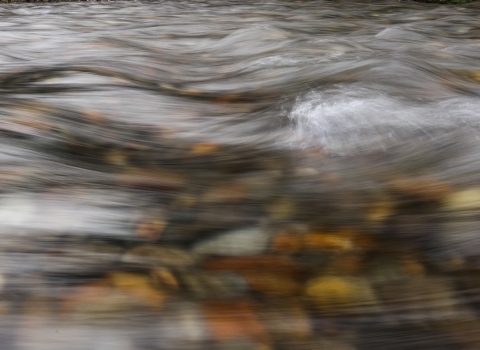JENSEN, UTAH – For the past four years, the Upper Colorado River Endangered Fish Recovery Program and its partner the Bureau of Reclamation have coordinated spring releases from Flaming Gorge Dam to connect floodplain habitats along the Green River near Jensen, Utah to provide important nursery habitat for endangered Colorado River fish. The primary beneficiary of those releases to date have been larval endangered razorback sucker (Xyrauchen texanus). In 2015, however, Utah Division of Wildlife Resource (UDWR) researchers, Matthew Breen, Dr. Robert Schelly and Randy Staffeldt determined that previously stocked, endangered adult bonytail (Gila elegans), entered the Stewart Lake managed floodplain. When the floodplain was drained in autumn, UDWR handled 19 young-of-year native chub ranging in total length from 1.5 – 2.5 inches (37 – 64 mm). Four of these fish did not survive and were preserved according to standard protocol.
In the past, UDWR assumed the incidental chubs they encounter when draining Stewart Lake were likely roundtail chubs (Gila robusta). However, in reviewing their data this winter, the researchers realized the size of the four Gila collected did not fit with the timing of roundtail chub spawning and that these fish might be evidence of the first documented reproduction of bonytail in the wild! The preserved specimens were then positively identified as bonytail via morphometric (scale and body measurement) analyses by Dr. Kevin Bestgen and Darrel Snyder, of the Larval Fish Laboratory at Colorado State University, and through genetic analysis at the U.S. Fish and Wildlife Service’s Southwestern Native Aquatic Resources and Recovery Center, Dexter, New Mexico by Dr. Wade Wilson. In the early 1980’s wild bonytail were brought into captivity for hatchery reproduction. This finding documents the first reproduction of bonytail in the wild in the upper Colorado River basin and represents a major step forward in the recovery of this species.



